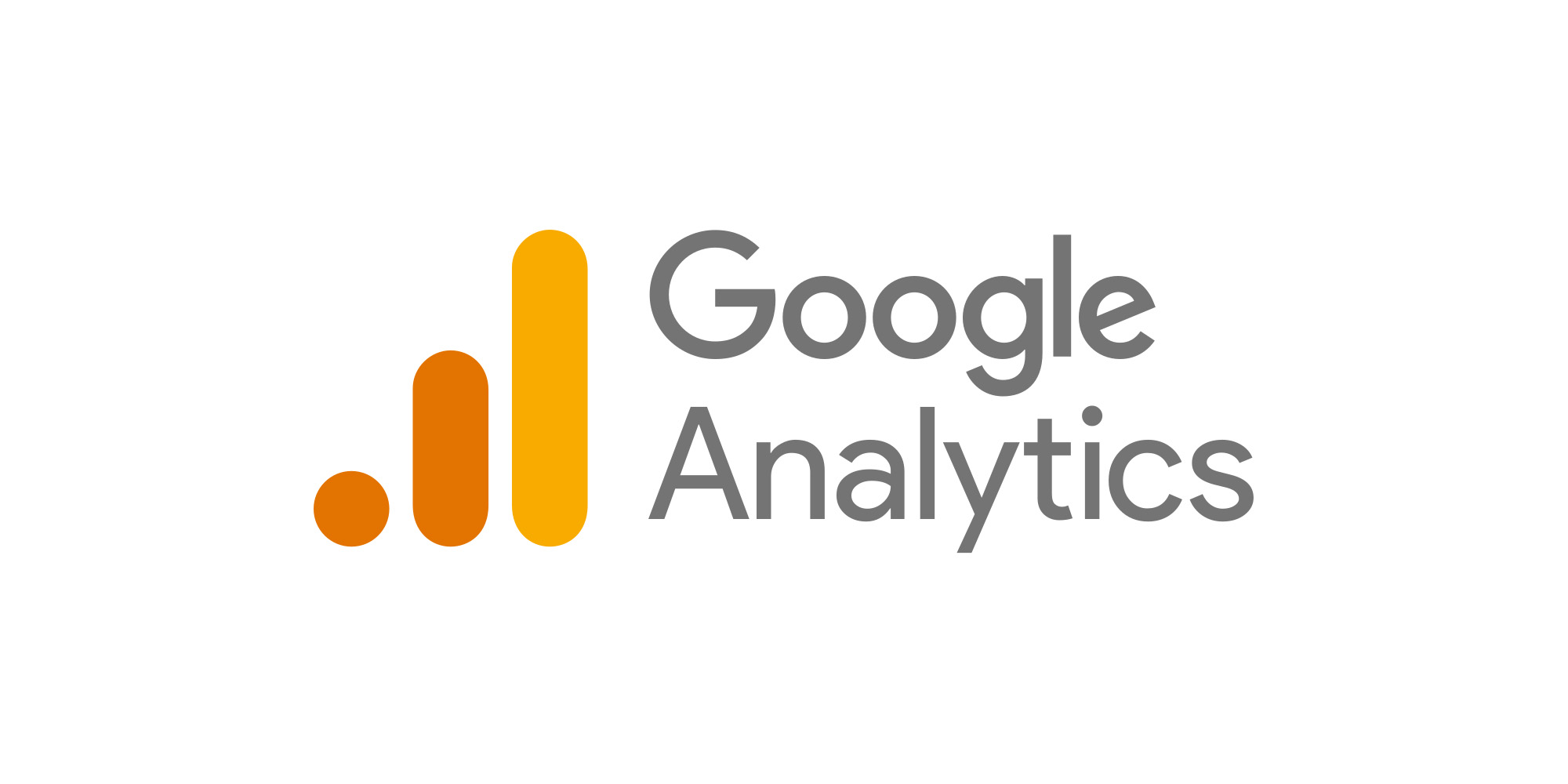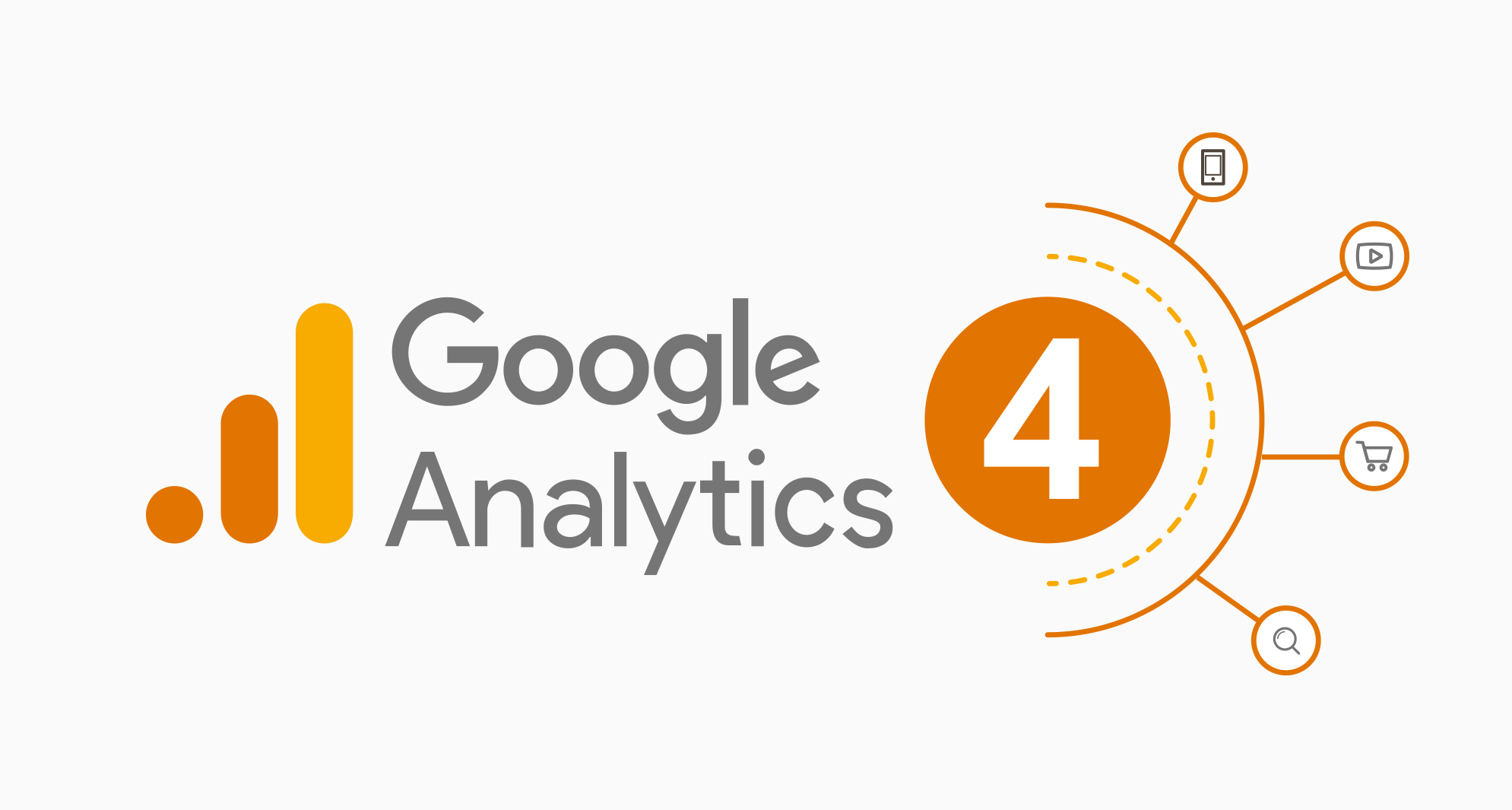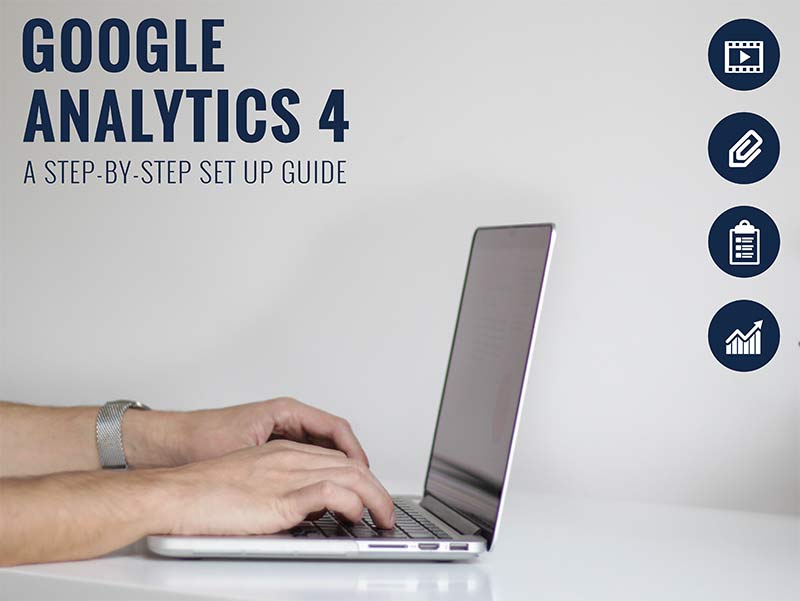Google Analytics is a free tool that helps website owners track their visitors’ activity on their sites GA4 Vs Universal Analytics. It provides reports about traffic sources (such as search engines), pages visited, referring sites, country and region breakdowns, top searches, and page views. By integrating Google Analytics into your site, you can track user behavior and measure conversion rates.
Features of Google Analytics:
* Page-level tracking – Track events on individual pages.
* Conversion tracking – Measure conversions and get insight into conversion funnels.
* Goal setting – Create goals and set them as triggers for actions.
* Custom variables – Use variables to create custom segments and reports.
* Social sharing – Share data across social networks.

Pros Of Using Google Analytics
• Easy To Setup – Google Analytics is pretty simple to set up. Once you download the plugin, you just need to add a few pieces of information.
• Real-Time Data – Real-time data means that you can view data as it happens rather than waiting until the end of the day. This means you can make changes to your site immediately and see results right away.
• Mobile Friendly – Google Analytics also works well on mobile devices. It automatically adjusts to fit smaller screens and lets you focus on content instead of figuring out how to navigate your way around the site.
Let’s understand the difference between GA4 vs Universal Analytics

1. What is the difference between Google analytics 4 and universal analytics?
This is a question we get asked quite often. Google Analytics 4 was launched in 2020. With the help of Google Analytics 4, you can monitor user activity on all of your websites and mobile apps. For a developer audience, this documentation offers implementation guidelines and reference resources.
Get started with Google Analytics to learn how to use version 4. With different reports from the ones you’re used to seeing in Universal Analytics properties, Google Analytics 4 is a new type of property. Make the conversion to Google Analytics 4 if your website presently utilizes a Universal Analytics property and you wish to switch to one.
A new benchmark for the gathering and organization of user data has been established by Universal Analytics, a variation of Google Analytics. Universal Analytics, which debuted in the fall of 2012, includes updated tracking scripts for websites and functionalities that allow for more precise user activity measurement. All the users are being urged by Google to move their assets to Universal.
This was the difference between GA4 vs Universal Analytics.
2. How do I set up Google analytics 4?
Choose the Universal Analytics property that presently gathers data for your website from the Property column. Click the GA4 Setup Assistant link in the Property column. In the Property column, it is the first choice. I want to establish a new Google Analytics 4 property. Click Get started.
3. How do I set my tracking parameters?
You can edit your settings in the ‘Settings section of Google Analytics 4. Here, you can change things like the number of sessions you’d like to track, how often you’d like to update your statistics, and whether you’d like to send anonymous information to Google.
For example, if you’d like to track the total number of visits to your website, you can enter the number of sessions you wish to track under ‘Sessions’. You can also specify how frequently you’d like to receive updates under ‘Updates’. Finally, you can enable or disable sending anonymous information to Google under ‘Anonymous Data’.

4. How do I access my reports?
In order to view your reports, you’ll need to log in to your Google account. Click on the Admin tab, then select ‘View Reports. From here, you can view reports based on events like page views, time spent on each page, bounce rate, and many others.
Why is Setting up GA4 important
1. You have to know what people are searching for to optimize your website
Google Analytics 4 is a tool that lets you track how visitors use your site. You can find out where they came from, what keywords they searched for, and even if they stayed on your page for long enough to view any content.
2. You need to know who your audience is
With Google Analytics 4, you can learn about your audience and their interests. You can find out what types of pages they visit, what times of day they visit, and what search terms they use to get to those pages. Knowing this information helps you create content that appeals to them.
3. You have to know how much time users spend on your website
You can measure how much time users spent on each page of your website. This gives you insight into what kind of content gets the most attention, and whether certain pages should be prioritized over others.
4. You need to know how many people visit your website
Google Analytics 4 shows you how many unique visitors you receive each month. This number tells you how many different people are using your site, and how often they return.

Setting Up & Configuring GA4
1. Setting Up Your Account
To set up your account, go to www.google.com/analytics and click on “Sign In” at the top right corner of the page. You will then need to enter your email address and password. Once logged in, you will be able to access the dashboard where you can view your current data and make changes if necessary.
2. Creating A New Property
Once you have created your property, you will want to add a website URL. To do this, click on the “Add Website” button located under the “Property Settings” section.
3. Adding Custom Dimensions
Custom dimensions allow you to track specific information about your visitors. For example, you may want to know how many people came to your site via mobile devices versus desktop computers. To create custom dimensions, click on the ‘+ Add Dimension’ link. Then, select “Custom Variable” and type the name of the variable. Click “Create” to save the dimension.
4. Tracking Pageviews
You can now start tracking page views. To do this, select the “Page Views” tab and click on the “New View” button. Select the date range you would like to track (e.g., last 30 days). If you would like to exclude certain pages from being tracked, uncheck the box next to those pages. Finally, check the boxes next to each page you wish to track.
5. Tracking Events
Events are similar to page views except they only count once per visitor. For example, if someone visits your home page and then clicks on a link to another page, that event will not be counted twice. To track events, follow steps 1-4 above, and instead of selecting “page views,” choose “events.”
6. Reporting
Google Analytics offers several ways to report on your data. First, you can download a CSV file containing all of your data. Second, you can generate graphs showing trends over time. Third, you can export your data to Excel for further analysis.




